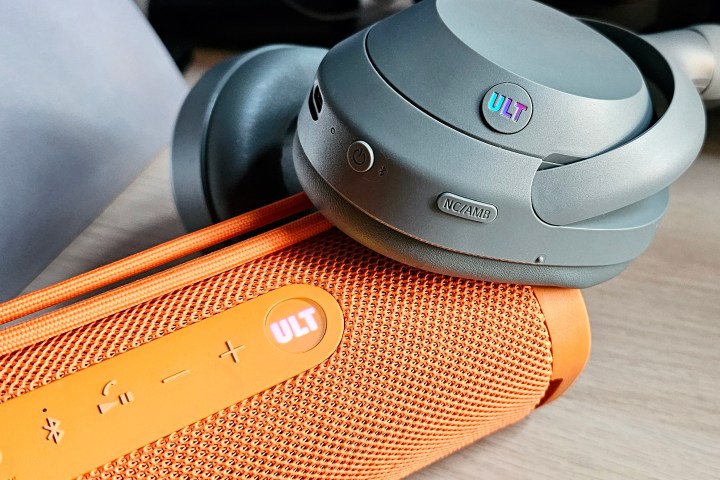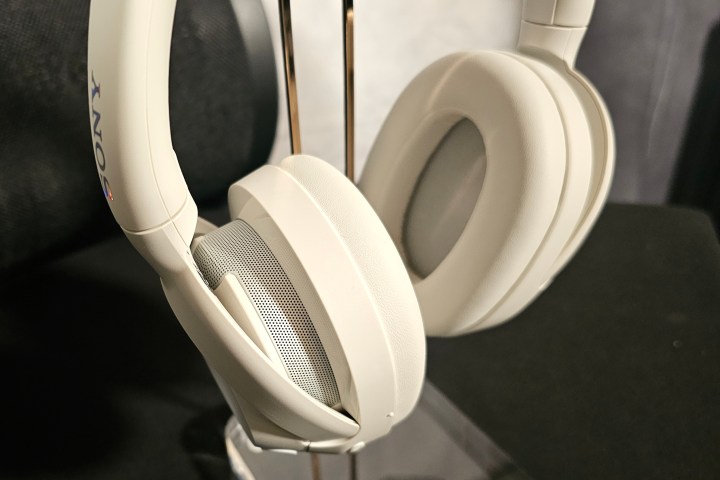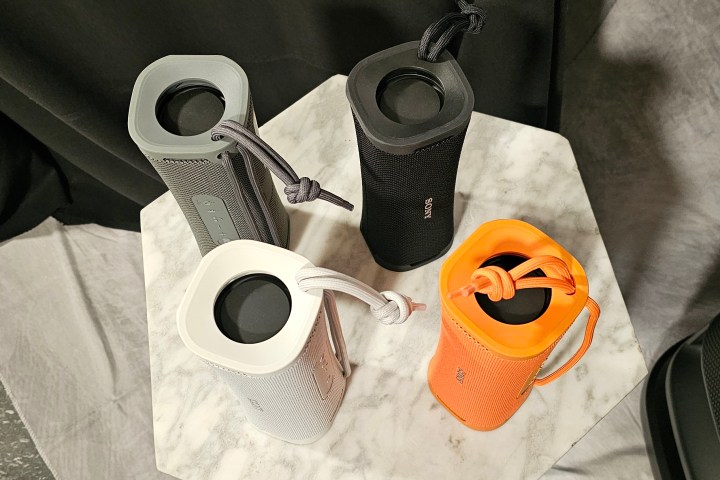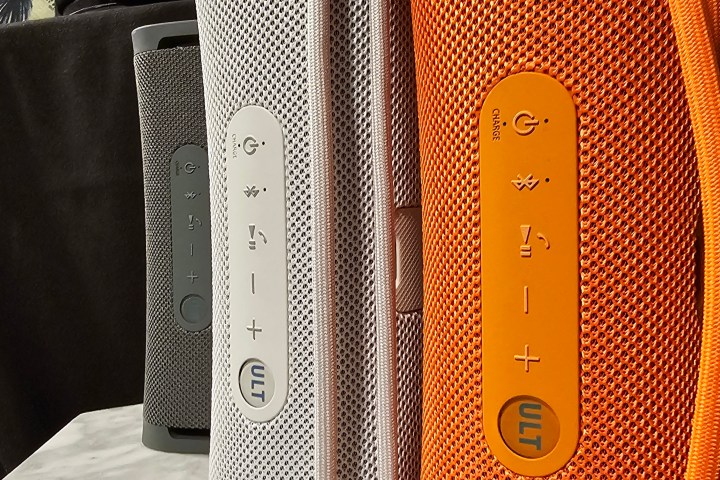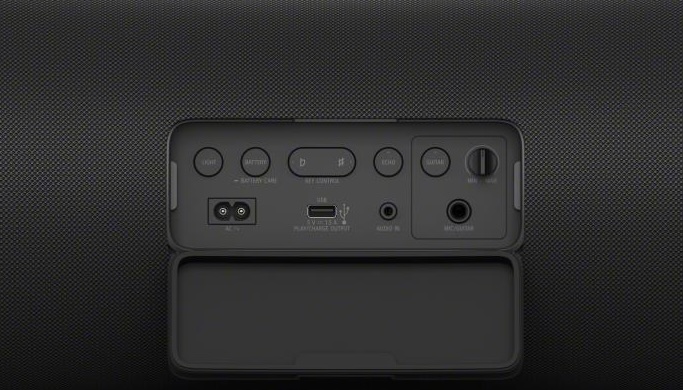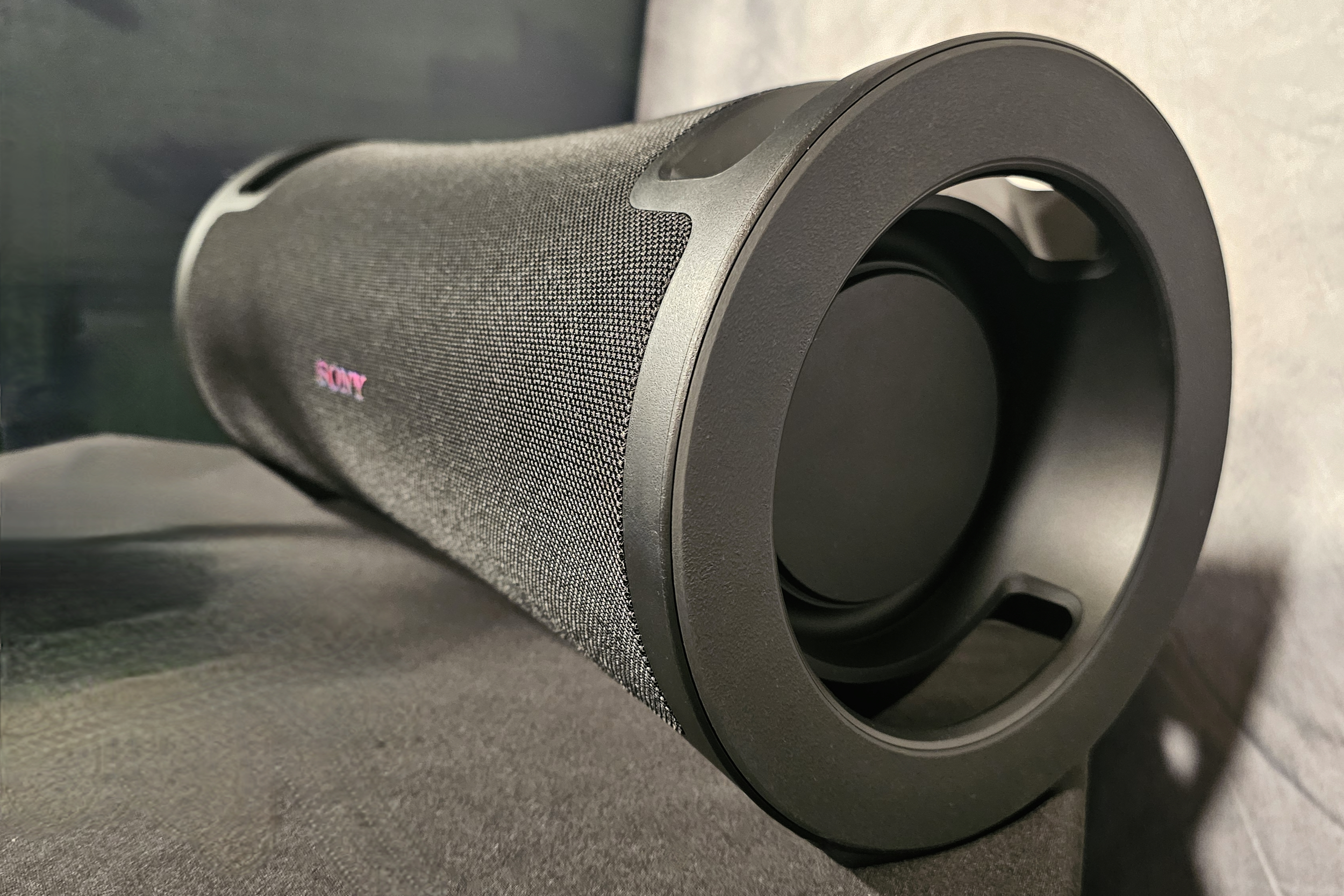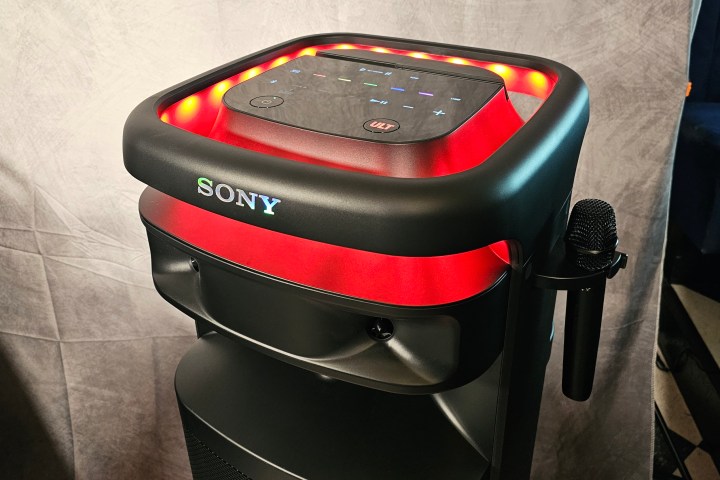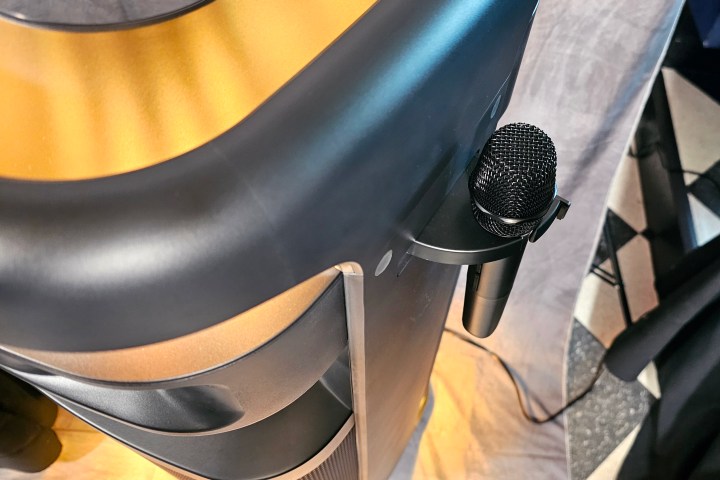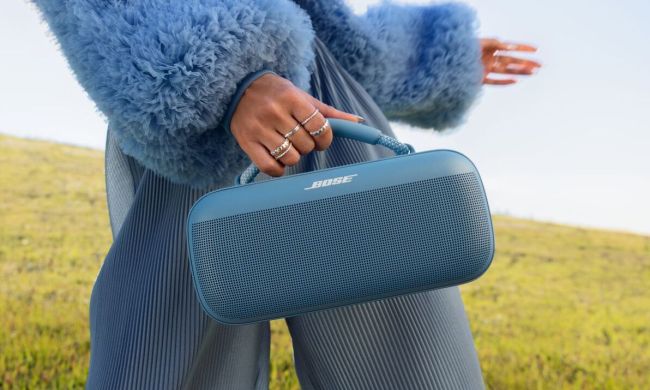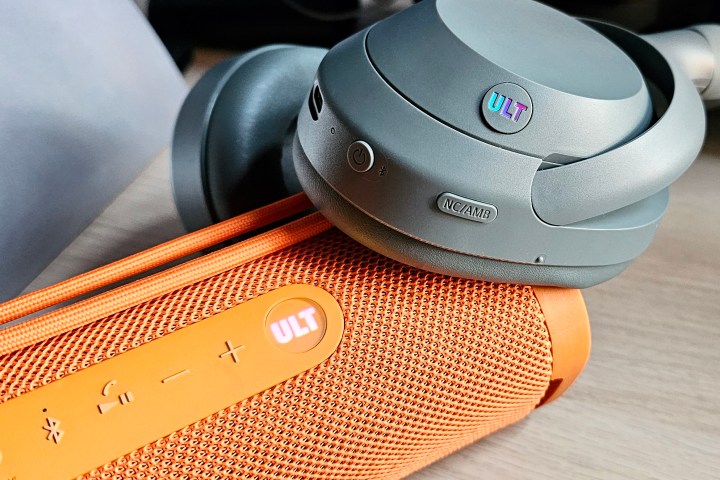
Sony has announced a line of wireless audio products under a new sub-brand called ULT Power Sound (or ULT for short). They look familiar because they are the next-gen versions of three of Sony’s existing product lines: Extra Bass headphones, portable Bluetooth speakers, and tower-shaped party speakers.
They’ll all be available this spring, but Sony hasn’t given exact timing for release dates.
Why group
Sony is no stranger to the bass craze. Its ExtraBass and MegaBass features have been included on dozens of its audio products for decades. But now, that ExtraBass capability has been folded into the new ULT feature — each product includes a dedicated ULT button that lets you boost the sound via dedicated ULT modes.
A side benefit of the ULT strategy is that Sony has finally abandoned some of its complex model numbers. Instead of needing to remember that the Sony
Here, we’ll cover the ULT Power Sound products that Sony has announced today, but you can also expect additional models in the ULT family in the future.
Sony was kind enough to invite me to a demo session in New York City so that I could hear the new lineup ahead of its launch, so I’ve included a few first impressions with each product.
Sony ULT Wear, $200
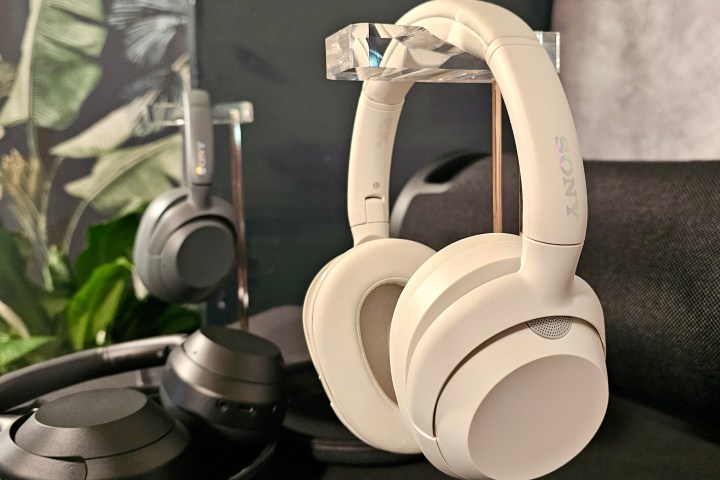
The ULT Wear replace Sony’s bass-oriented WH-XB910N noise-canceling headphones and live directly beneath Sony’s flagship WH-1000XM4 ($350) and WH-1000XM5 ($400)
With the same fold up/fold flat design as their predecessors, the ULT Wear get a variety of claimed improvements including better noise cancellation thanks to the use of Sony’s V1 chip, better wind-noise reduction for ANC and calls, faster quick-charge times, wear-detection sensors, and head-tracked spatial audio when used with Sony 360 Reality Audio tracks and compatible smartphones.
Sony says it has also improved the comfort of the earcups, and the
The most notable change, however, is the addition of the ULT button on the left earcup. Pressing it will cycle the
In the above photo on the left, it may look like the ULT button is backlit with a rainbow LED, but it’s actually just the light reflecting off of a dichroic label (material that reflects different colors based on the angle of the light).
My short time with the ULT Wear convinced me that Sony had indeed improved its ANC compared to the WH-XB910N, and while I’m not sure I’ll be spending a lot of listening time in ULT 1 or ULT 2 modes, they created an undeniable uptick in power and bass response — at times it felt like the earcups were vibrating.
Sony ULT Field 1, $129
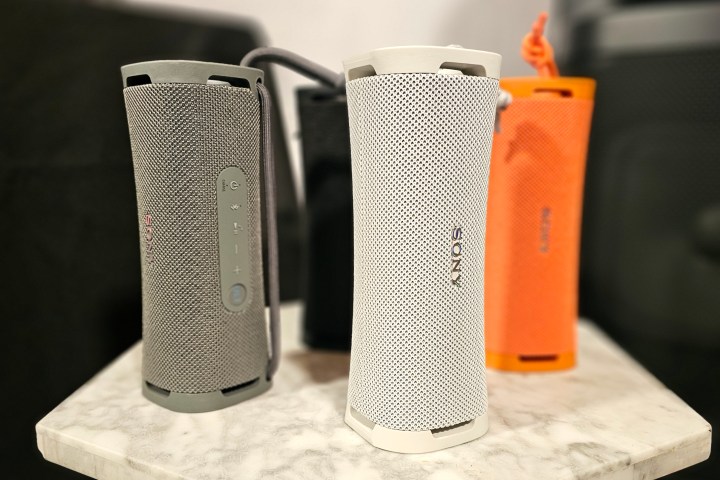
The ULT Field Series are the newest version of Sony’s previous X-Series portable Bluetooth speakers. The Field 1 pick up where the SRS-XE200 left off, with a compact design and a rugged, IP67-rated body for full waterproofing and dustproofing. Like the ULT Wear, it’s available in black, off-white, and Forest Gray, as well as a new orange color option.
Battery life has been reduced from a claimed maximum of up to 16 hours to up to 12 hours, however, the Field 1 can be used in either vertical or horizontal orientations, whereas the XE200 was optimized for vertical use only.
Sony has maintained the speakerphone functionality and has modified the carry strap so that you can use it as a handle as well as hanging lanyard.
As with the ULT Wear, the Field 1 gets an ULT button, but in this case it only has two modes: off and ULT 1 (bass enhancement).
My Field 1 demo included a comparison with the SRS-XE200. The Field 1 produced an immediately apparent improvement in the overall sound field — especially in horizontal orientation — creating a much more immersive experience.
Sony ULT Field 7, $499
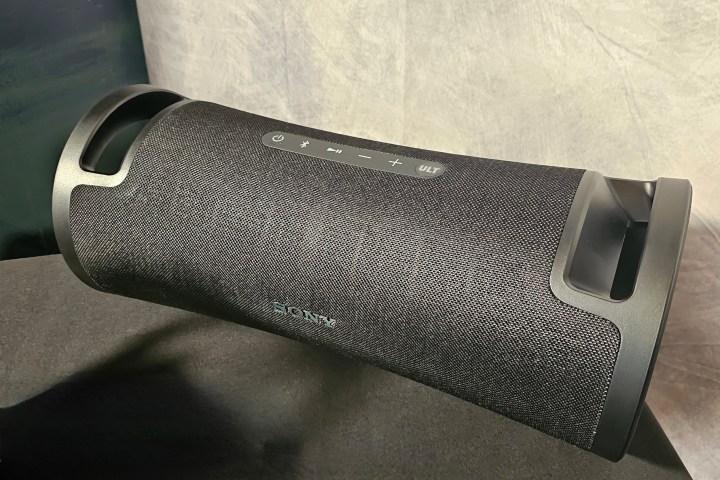
The ULT Field 7 replaces the SRS-XG500. Similarly to the Field 1, Sony has modified the Field 7 so that it works in both horizontal and vertical orientations, with handles mounted at both ends of the flared cylindrical shape.
LED lighting has been preserved, and the Field 7 is now a bit tougher, with an IP67 rating instead of IP66. For the first time, the speaker is now rustproof as well as waterproof.
Sony has kept battery life at a claimed 30 hours, and you still get inputs for a wired karaoke microphone and a guitar tucked away in a rear covered panel.
LED lighting is incorporated into the sides of the speaker and can be controlled via music or the Sony app.
New on the Field 7 is Sony’s Sound Field Optimization. Yes, that’s the name of the calibration technology that Sony uses on its HT-Series soundbars, but Sony tells me it works differently on the Field 7. Apparently on portable products like the Field 7, Sound Field Optimization adjusts the speaker’s sound to compensate for environmental noise, whereas the same feature on soundbars adjusts sound based on a room’s acoustic properties.
The Field 7 gets a ULT button, of course, which cycles you through ULT 1, ULT 2, and off modes.
As with the Field 1 demo, the Field 7 possessed a far greater sense of width and depth when compared to the XG500, though there were a few moments when the XG500’s tonality sounded more natural and less forced than that of the Field 7.
Sony ULT Tower 10, $1,199
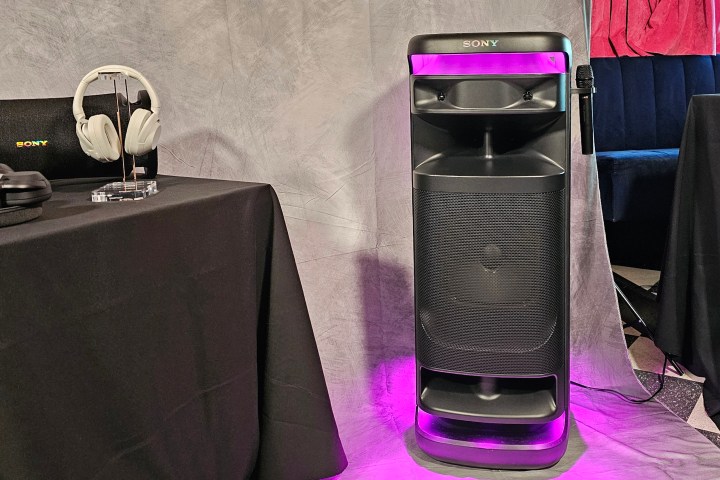
Sony’s new monster block rocker grabs the floor from the previous Sony SRS-XV900. It maintains the omnidirectional sound, but with substantially more power. A larger set of wheels makes it easier to move, and it comes with its own wireless mic and a handy set of flip-out mic holders.
You can use a second wired mic for karaoke duets or use the input as a guitar amplifier.
LED lighting is a key feature of any party speaker and Sony says the multicolor LED system on the Tower 10 has 34 areas of illumination — twice as many as the XV900. Sony has kept the TV Booster mode, which lets you plug the Tower 10 into your TV via an optical cable, and Sound Field Optimization should complete the pseudo-soundbar functionality.
On the Tower 10, the ULT button’s modes are designed to give you deeper, lower bass frequencies (ULT 1) or louder, punchier bass (ULT 2).
The one thing the ULT Tower 10 can’t do is power your party without a cable — unlike the XV900, there’s no internal battery.
My Tower 10 demo was a solo act — Sony didn’t have an XV900 on hand. But I was mightily impressed by the sheer power of this speaker. Sony had it set up in the basement of a fairly spacious New York bar and restaurant. The sound was so intense that the restaurant could have easily used a single Tower 10 to power that one space, instead of what was likely a much more expensive installed sound system.
Updated with more information about Sony’s portable version of Sound Field Optimization.
